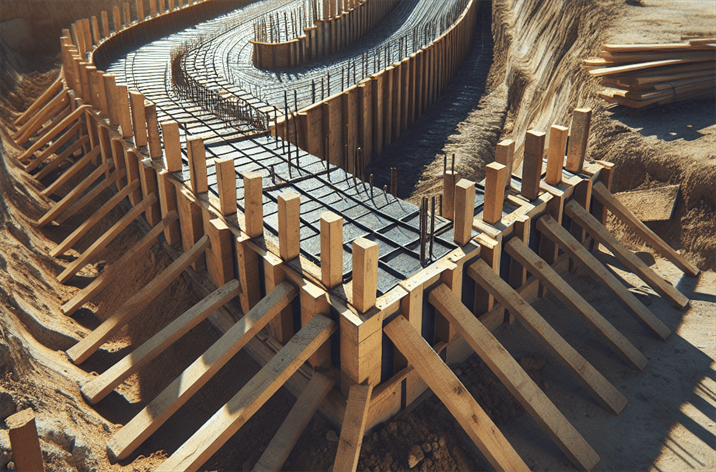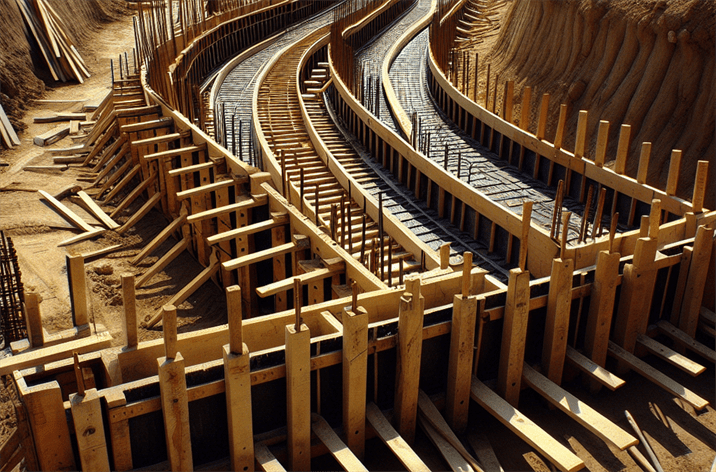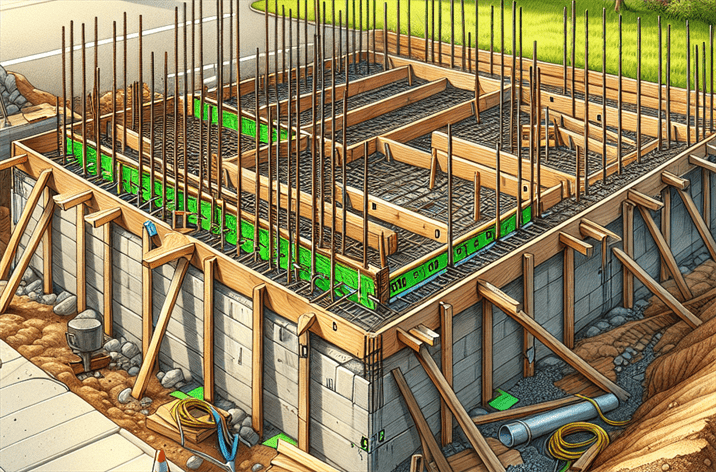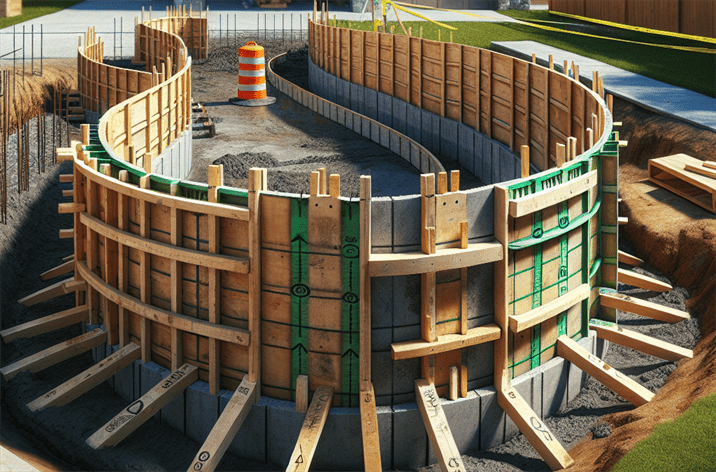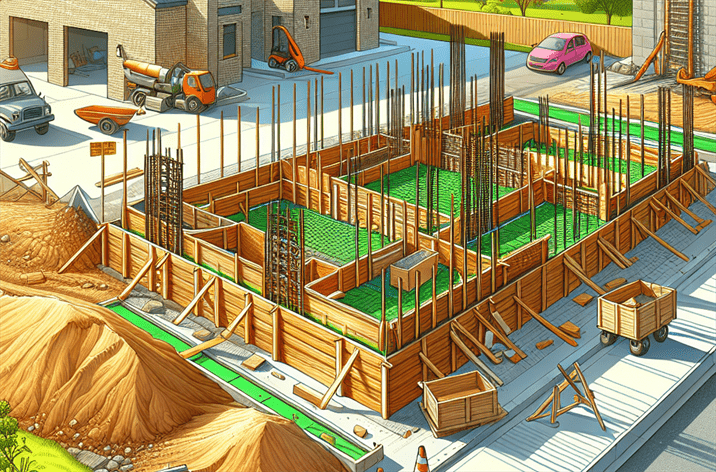Slope Stakes for Construction Projects: A Comprehensive Guide
Introduction
When it comes to construction projects, precision is paramount. Did you know that the successful completion of a construction project can hinge on something as seemingly simple as slope stakes? These essential tools are pivotal in ensuring that grading and layout are executed flawlessly. In this article, we’ll explore slope stakes for construction projects, diving into their significance, how they work, and the benefits they bring to the table.
As construction sites grow in complexity, the need for accurate measurements and clear delineations becomes more crucial than ever. With the advent of advanced technologies and evolving construction methodologies, slope stakes have adapted to meet modern demands. They’re not just wooden markers; they represent a blend of tradition and innovation in the building industry.
In the sections that follow, you can expect to learn about the definition of slope stakes, their historical evolution, and their importance in various construction contexts. We will also delve into the mechanics of using slope stakes, their real-world applications, and the benefits they offer in terms of efficiency, cost-effectiveness, and enhanced user experience. By the end of this article, you’ll be equipped with a comprehensive understanding of slope stakes and how they can optimize your construction projects.
What is Slope Stakes for Construction Projects?
Definition
Slope stakes are markers placed on construction sites to indicate the desired slope or grade of the ground. They are crucial tools for contractors, surveyors, and engineers, providing clear visual cues to ensure that construction follows the planned elevation. Typically made from durable materials such as wood or metal, these stakes are driven into the ground at specific angles to represent the slope accurately.
Historical Context
The use of stakes in construction dates back centuries, with ancient civilizations utilizing rudimentary markers for land demarcation and construction alignment. Over time, as construction techniques evolved, so did the design and application of slope stakes. In the early 20th century, advancements in surveying technology began to influence how these stakes were used, leading to more sophisticated methods of ground grading and site preparation.
Importance of Slope Stakes for Construction Projects
In recent years, the importance of slope stakes has surged, particularly with the rise of sustainable construction practices and the push for efficiency in project management. Accurate grading is essential not only for aesthetic purposes but also for drainage, stability, and compliance with local regulations.
Slope Stakes for Construction Projects in the Context of Civil Engineering
In civil engineering, slope stakes play a critical role in ensuring that projects adhere to design specifications. They help in establishing boundaries, ensuring proper drainage, and avoiding potential flooding issues. For detailed insights into the importance of staking in civil engineering, check out our article on the Essential Role of Surveying Stakes in Construction Projects.
Key Players or Contributors
Several key players have contributed to the evolution of slope stakes, from manufacturers specializing in durable materials to engineers who innovate best practices for their use. For instance, companies producing Durable Wooden Stakes for Construction and Farming focus on creating long-lasting products that withstand the rigors of construction sites.
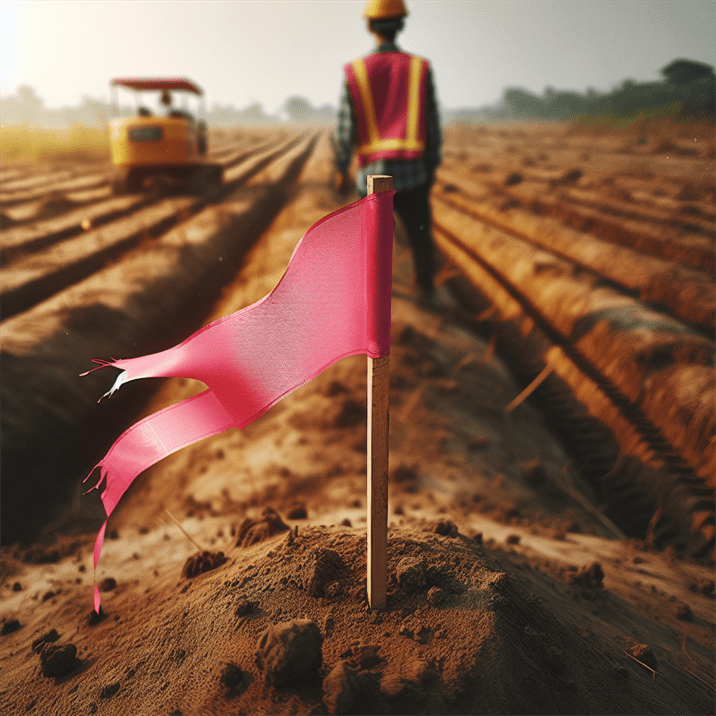
How Does Slope Stakes for Construction Projects Work?
The Mechanics of Slope Stakes for Construction Projects
The effective use of slope stakes involves a systematic approach, ensuring that each stake is placed accurately to reflect the desired slope. Here’s a step-by-step breakdown of the process:
- Site Surveying: Before placing slope stakes, a detailed site survey is conducted. This may involve using advanced equipment to map out the terrain.
- Marking the Area: The area is marked for the intended construction, identifying where the slope stakes will be placed.
- Placing the Stakes: Stakes are driven into the ground at designated intervals, ensuring they align with the planned elevation.
- Leveling: Using a leveling instrument, the height of each stake is checked against the design specifications. Adjustments are made as necessary.
- Final Inspection: A thorough inspection is conducted to ensure all stakes are properly aligned and positioned.
Technological Foundations of Slope Stakes for Construction Projects
Modern construction increasingly relies on technology to enhance precision in the use of slope stakes. Advanced surveying tools, such as GPS and laser leveling systems, allow for real-time adjustments and ensure that stakes are placed accurately. This integration of technology not only increases efficiency but also reduces the likelihood of human error.
Real-World Applications of Slope Stakes for Construction Projects
Slope stakes are utilized in a variety of scenarios within construction:
- Grading Projects: They are essential in grading projects, helping to create a level surface for building.
- Drainage Solutions: Proper placement of slope stakes can facilitate effective drainage, preventing water accumulation and potential damage.
- Landscaping: In landscaping projects, slope stakes help define the terrain’s contours, guiding the placement of plants and structures.
Case Studies/Examples of Slope Stakes for Construction Projects in Action
One notable example is a recent urban development project that utilized slope stakes to manage a complex site with varying elevations. By implementing precise grading techniques using slope stakes, the project not only met all regulatory requirements but also enhanced the site’s aesthetic appeal.
Benefits and Drawbacks of Slope Stakes for Construction Projects
While slope stakes are invaluable for construction, there are both benefits and drawbacks to their use:
Benefits:
- Increased Accuracy: They provide a clear guide for achieving accurate grading.
- Enhanced Communication: Clear markings improve communication among construction teams.
Drawbacks:
- Weather Vulnerability: Extreme weather can affect the stability of stakes.
- Labor-Intensive Setup: Proper placement can be time-consuming, requiring skilled labor.
To learn more about how to maximize efficiency with slope stakes, explore our guide on Construction Layout Stakes: Step-by-Step Installation Guide.
The Benefits of Slope Stakes for Construction Projects
Why Use Slope Stakes for Construction Projects?
The use of slope stakes brings numerous practical benefits to construction projects, making them an essential tool for contractors and engineers alike.
Improved Efficiency and Productivity
Slope stakes streamline processes by providing a clear framework for grading and layout. This reduces time spent on corrections and adjustments, allowing teams to focus on execution. As a result, projects can progress more quickly, ultimately saving time and resources.
Cost-Effectiveness
Using slope stakes can lead to significant cost savings in the long run. By ensuring accuracy in grading, contractors can avoid costly mistakes that could lead to rework. For example, a project that employs slope stakes correctly may see a reduction in material waste and labor costs. To delve deeper into the financial benefits, check out our article on the Benefits of Using Stakes and Lath in Construction.
Examples of Cost Savings from Slope Stakes for Construction Projects
Consider a recent residential building project where slope stakes were used effectively. The accurate grading achieved through these stakes not only adhered to design specifications but also minimized the need for additional materials. This resulted in a 15% reduction in overall project costs.
Enhanced User Experience with Slope Stakes for Construction Projects
The use of slope stakes enhances user experience by ensuring that the final product meets expectations. Whether it’s a commercial building or a residential home, stakeholders can feel confident that the construction aligns with the intended design. This fosters trust and satisfaction among clients, leading to potential repeat business.
Conclusion
In summary, slope stakes are an indispensable tool in the construction industry, providing critical support for accurate grading and layout. From their historical evolution to their modern applications, slope stakes play a vital role in ensuring project success.
By understanding how slope stakes work, their benefits, and their practical applications, construction professionals can enhance their project efficiency and reduce costs. As trends in construction continue to evolve, embracing tools like slope stakes will be key in navigating future challenges.
For anyone involved in construction, investing time in learning about slope stakes and their applications is essential. If you’re ready to optimize your construction projects further, consider exploring our resources on Best Practices for Using Stakes and Lath in Construction to ensure your next project is executed smoothly and successfully.


